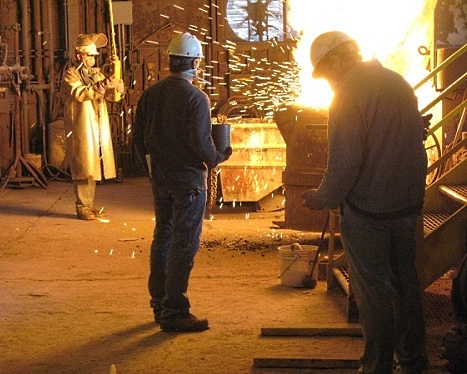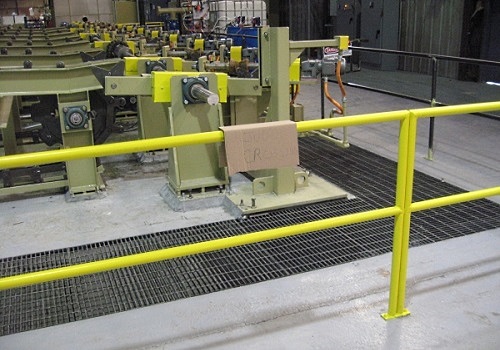 Machine guards have many uses. Most often they are used to prevent human contact with hazardous material as specified by OSHA 1910.212. This includes moving parts, sparks, and manufacturing debris. TC Risk Management provides machine guard training for businesses across the United States. Our training assists with maintaining a safe workplace environment when machines are utilized. Machines with guard systems generally require lock out/tag out (LOTO) procedures as well, which we also teach.
Machine guards have many uses. Most often they are used to prevent human contact with hazardous material as specified by OSHA 1910.212. This includes moving parts, sparks, and manufacturing debris. TC Risk Management provides machine guard training for businesses across the United States. Our training assists with maintaining a safe workplace environment when machines are utilized. Machines with guard systems generally require lock out/tag out (LOTO) procedures as well, which we also teach.
Machine motions present significant hazards to workers. Most machines have guards attached at installation. In some cases, machine operation over time an change and require new guards. This includes hand and power-operated tools. Guards are needed at:
We educate employees on the various motions and the proper ways to machine guard to prevent contact with the moving part.
Perimeter guarding is when an entire work area needs extra protections. Barriers like fencing are used to keep workers from getting too close to dangerous areas. Weld curtains and safety railings are a common example of perimeter guarding. These barriers must conform to OSHA standards.
The right machine guards can be the difference between life and death. And any injury on your jobsite can lead to expensive fines from OSHA, investigations, and civil lawsuits. TC Risk training will go over how to prevent these common injuries through the use of machine guards and LOTO procedures.
 Sometimes working close or within a machine is unavoidable. In these cases, LOTO training and safety equipment will make a big difference to workers. Light curtain systems and pressure sensitive mats can be used with traditional guarding systems for extra safety. The light curtain emits a beam of light when the machine is operating. Any disruption to the light shuts down the machine. The pressure sensitive mats act in a similar matter. If anyone steps too close to the operating machine, the pressure on the mat will turn off the machinery.
Sometimes working close or within a machine is unavoidable. In these cases, LOTO training and safety equipment will make a big difference to workers. Light curtain systems and pressure sensitive mats can be used with traditional guarding systems for extra safety. The light curtain emits a beam of light when the machine is operating. Any disruption to the light shuts down the machine. The pressure sensitive mats act in a similar matter. If anyone steps too close to the operating machine, the pressure on the mat will turn off the machinery.
It is still vital for workers to know additional safety methods to prevent machine accidents. One major source of machine accidents is someone working on the machine when someone else starts it up. LOTO procedures ensure every machine is deactivated before hazardous work can begin. Machines must always be fully shut down before going near moving parts. Lock out tags keep anyone else from starting the machine until the original tag has been removed.
Machine guards can only do so much. All workers need to know how to keep themselves safe on a busy manufacturing floor. Personal protective equipment (PPE) like safety goggles and hearing suppressors can prevent lifelong disability. Knowing where and how to identify hazardous zones makes a big difference.
TC Risk Management has all the safety training courses your workplace needs to meet OSHA standards. Improve your safety with a machine guard class.